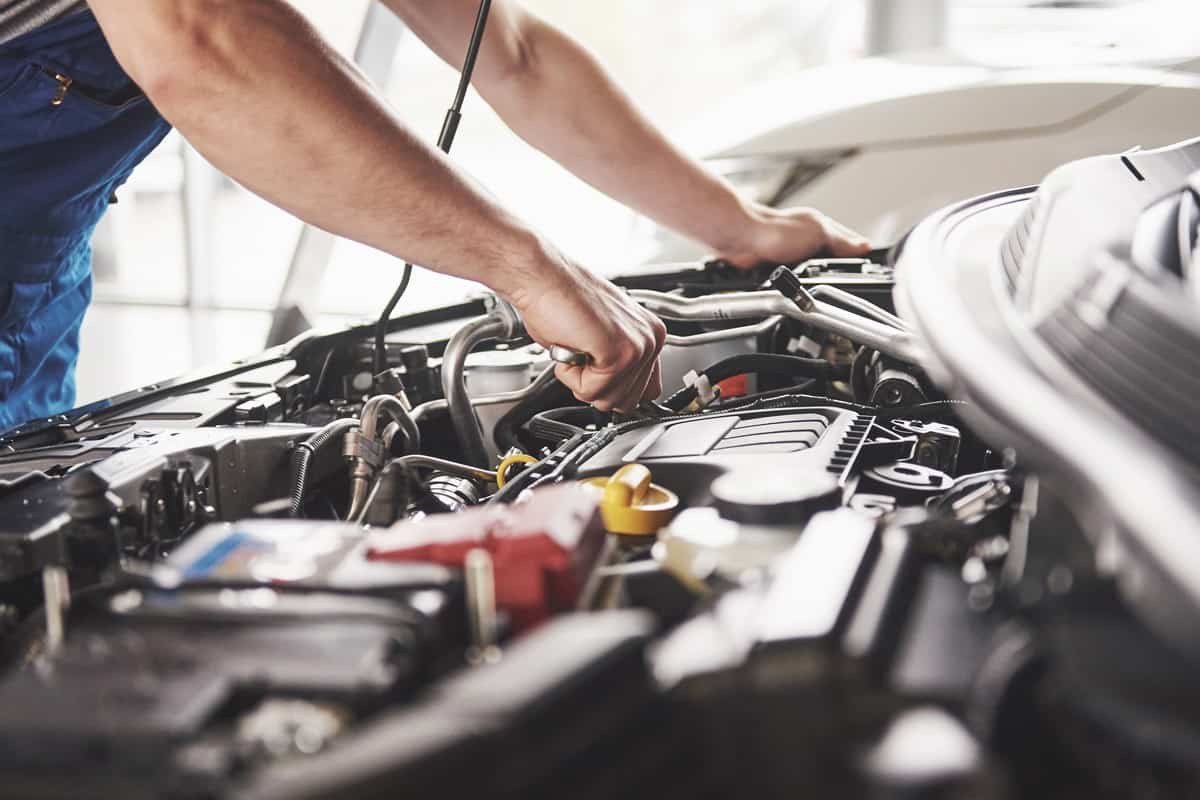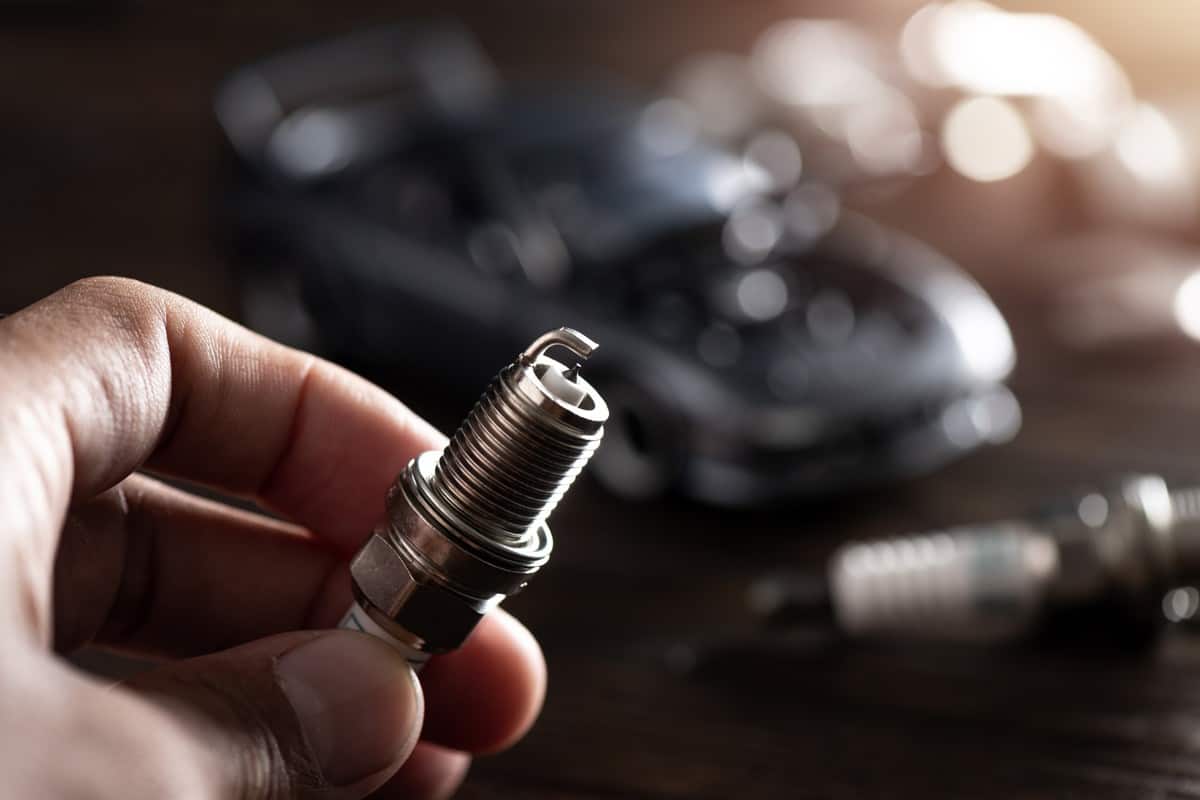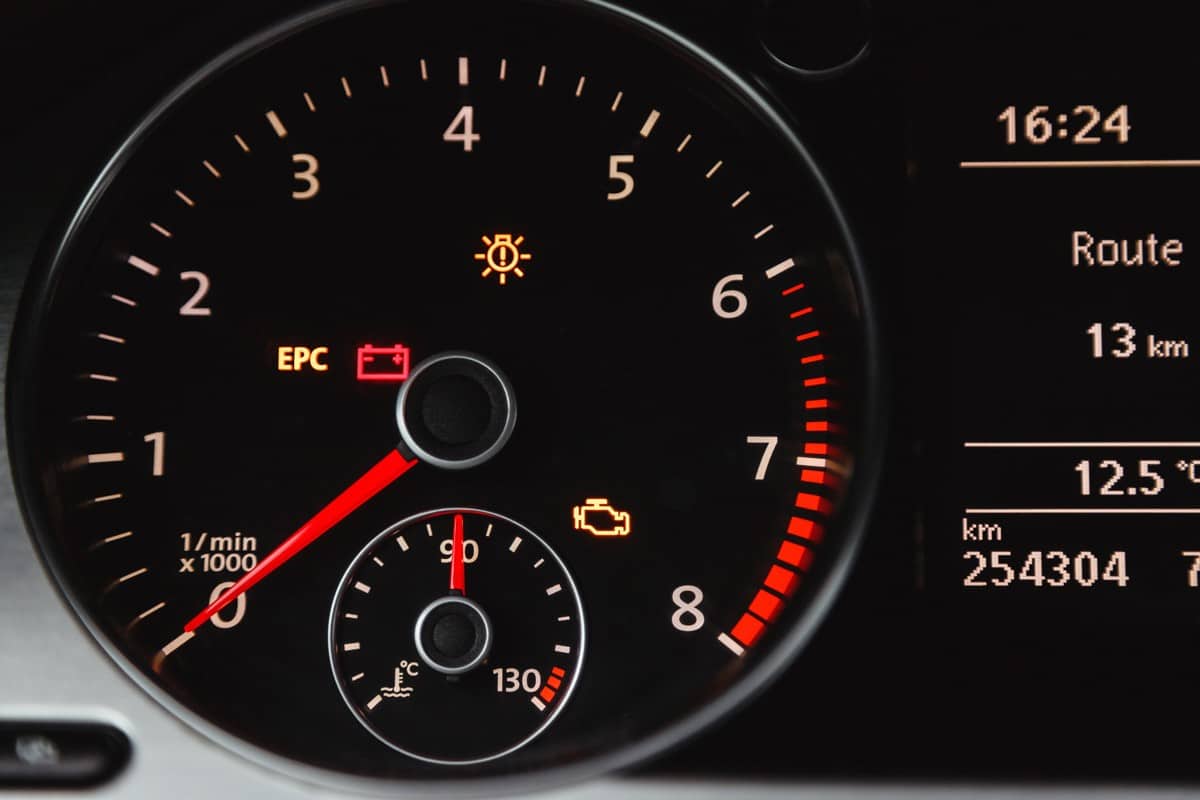A check engine light turning on can be worrisome for relatively any BMW owner. This uneasiness may increase if the vehicle doesn’t give you a warning code or message. Why did your BMW encounter this error and what can you do to fix it? We searched for an answer to that question, and here’s the information we found.
First, troubleshoot the vehicle for the main cause of your BMW's check engine light persisting. This problem may come from different sources, ranging from a vacuum leak to a faulty spark plug. You can then use the appropriate solution based on your findings to resolve the check engine light and restore your vehicle’s normal functions.
You should learn as much as you can about why a BMW’s check engine light persists, regardless of the presence (or lack thereof) of error messages. So continue reading as we discuss these causes in greater detail. We’ll also talk about some possible fixes that may help solve this issue.

Why Would My Check Engine Light Come On In My BMW But No Codes?

Vacuum Leak
Generally, cars, including BMWs, need air to burn fuel. These vehicles typically have mass airflow sensors, which record the amount of air used. Any unrecorded air can indicate that a vacuum leak is present.
If so, the check engine light on your BMW may turn on until you solve the cause of this concern. Aside from a lingering check engine light, other possible symptoms of a vacuum leak are:
- Rough idle
- Engine stalls
- Hissing sounds from the engine
The leak may come from different areas, such as:
- Intake gaskets and manifolds
- Vacuum lines
- Positive crankcase ventilation (PCV) system
- Intake snorkel
- Brake booster
Bad Or Low Battery
Bear in mind that an automotive battery is responsible for providing sufficient power to start your BMW. It should also supply adequate power while the vehicle is running and allow the different systems to function.
If the battery’s charge is low or diminishes, the vehicle’s check engine light might turn on and won’t go away. Plus, your BMW may not start properly, or certain features might not function well or become unusable.
Worn Catalytic Converter
A catalytic converter is a part of a vehicle’s exhaust system. It functions by converting fumes and pollutants from the exhaust into an eco-friendlier substance. Generally, you can find this component in the vehicle’s underside, particularly for certain BMW models.
Catalytic converters may fail or wear out for various reasons:
- Wrong fuel used
- Faulty oxygen sensor
- Exhaust leak
- Low coolant level
- Unburned fuel
A malfunctioning catalytic converter on your BMW may cause the check engine light to activate and stay lit. You can also find additional information about why catalytic converters become bad by reading our post on that particular topic.
Faulty Spark Plugs
Spark plugs are essential components in vehicles, including BMWs. As the name implies, the spark plugs ignite the engine to initiate the electric current, which will lead to combustion. The sufficient amount of burst generated should start the BMW.
Worn or faulty spark plugs may result in your vehicle's check engine light activating and staying on, and this error might not show a warning code. Aside from the persisting check engine light, other signs that might tell you to replace your BMW’s spark plugs are:
- Rough engine idles
- Difficulty to start the vehicle
- Slow acceleration
- Loud engine
- Poor fuel efficiency
How To Diagnose And Fix BMW Vacuum Leaks?

You may only need to use a spray bottle filled with a mild soapy solution to check for vacuum leaks in your BMW. Spray the different parts of your BMW with soapy water. Then, turn on your vehicle's engine and check for bubbles forming in certain areas, especially the vacuum lines.
Another way to check for vacuum leaks is to use a smoke machine. Connect it to your BMW’s intake system. Make sure that the engine is off while you’re feeding smoke into the vehicle. Then, search for areas where the smoke is escaping to find the leak.
Bear in mind that the specific steps to fix a vacuum leak often depend on the part that needs repairing or replacing. Still, continue reading this section to gain insights on how you can tackle this job:
What You’ll Need
- Replacement fuel injector seals
- Screwdrivers
- Socket wrenches
- Panel remover
- Plastic Dish
- Standard wrench
- Engine cleaner
- Engine oil
Step-By-Step Guide
Step #1: Disengage The Engine
You shouldn’t repair a vacuum leak on your BMW if the vehicle’s engine is running. So turn off the engine and allow it to cool for a few minutes. Engage the hand or parking brake afterward, then open the hood.
Step #2: Remove The Cabin Air Filter
With the hood open, remove the screws that secure the cabin air filter. Remove the cabin air filter’s cover afterward.
Next, remove the hose underneath the filter’s lower panel by prying it with a flathead screwdriver. You can also use a panel remover for this particular step.
Disconnect the sensor attached to the panel. Then, remove the last of the cabin air filter’s panel and set it aside temporarily.
Step #3: Expose The Fuel Injectors
Expose the engine by removing the screws securing the cover. Pull out the cover afterward and set it aside for now. Remove the two newly exposed clips to gain access to the BMW’s fuel injectors.
Step #4: Depressurize The Fuel Injectors
Place the plastic dish next to the fuel injectors’ pressure terminal. Next, press the terminal with a screwdriver or similar object to remove the excess air in the fuel injectors.
Step #5: Remove The Bad O-Rings
Disconnect the fuel supply line with a wrench. Never bring flammable objects near any vehicle, particularly when you’re working with the engine.
Moving forward, remove the bolts securing the fuel injector set with the appropriate size socket wrench. Pull out the bar holding the fuel injectors but don’t tug on it. Carefully remove the bad o-rings from the assembly.
Step #6: Install The New O-Rings
Clean the carbon deposits on the fuel injectors with the engine cleaner. Make sure to follow the product manufacturer’s instructions to ensure you don’t bring additional harm to your vehicle.
Next, apply a small amount of engine oil to the new o-rings, and carefully install them on the fuel injectors.
Step #7: Reassemble And Test
Go through the steps in this section in reverse order to reassemble the fuel injector assembly and other removed parts.
After finishing the reassembly, turn on the BMW’s engine. Check the instrument cluster or the center console if the check engine light persists.
Check out these replacement fuel injector seals on Amazon.
You can also watch the video below if you need a visual guide for this procedure:
How To Replace The Spark Plugs On A BMW?

Replacing faulty spark plugs on a BMW follows similar steps mentioned in the previous section. However, you'll need to replace the entire spark plug assembly instead of merely the o-rings.
Make sure that you're installing compatible spark plugs for your specific BMW model. It's unwise to install random spark plugs in your vehicle. Doing so might throw off your car's stability, which may result in additional problems, along with skyrocketing repair and/or replacement expenses.
Check out these replacement BMW spark plugs on Amazon.
You can watch the clip below if you need help in completing this particular task:
Is It Expensive To Fix A Check Engine Light?

If you choose to take advantage of professional service to fix a problem that resulted in a persistent check engine light, prepare to spend around $3,825 for the job. The least expensive fix might be a fuel injection pump replacement. But the expenses may skyrocket if you need to replace the hybrid inverter assembly.
Final Thoughts
Remember, find the main reason why your BMW’s check engine light is on before attempting repairs on the vehicle. Once you find the cause of the concern, proceed by using the correct steps based on your findings. Otherwise, request the help of certified automotive repair technicians if you believe you lack the confidence, knowledge, or skill for this job.
If you’re looking for answers to other BMW-related concerns, check out these other great reads:
Where Is The Ground Strap On A BMW? [And How Do You Replace It]?


